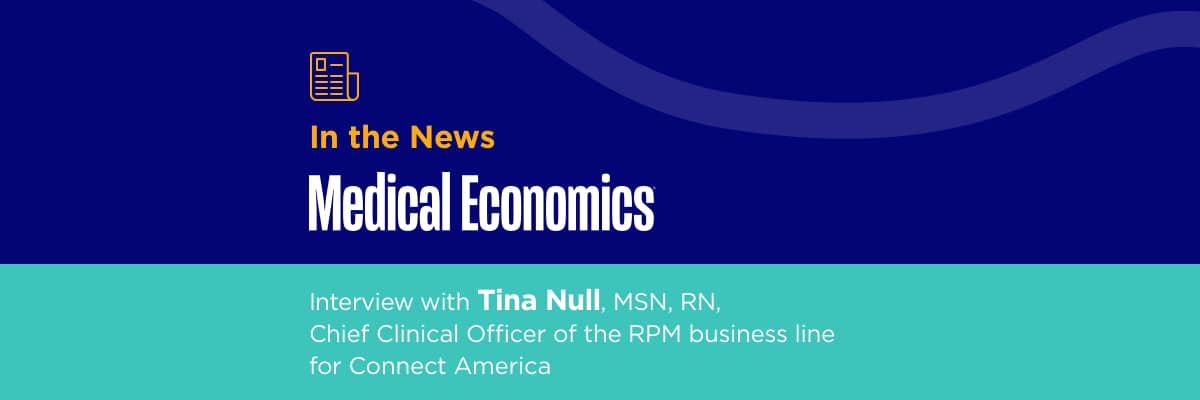In the dynamic healthcare environment, it is crucial to bridge care gaps and prevent unnecessary hospital visits. Remote Patient Monitoring (RPM) proves instrumental in achieving this goal, reshaping patient engagement and treatment approaches. Tina Null, Chief Clinical Officer of Connect America’s RPM business line, highlights the advantages of RPM in an interview with Medical Economics.
Why is RPM essential to patient care?
By implementing a Remote Patient Monitoring (RPM) program, care gaps are closed, enabling two-way communication between patients and clinicians. This proactive approach involves daily data collection to assess the patient’s condition, allowing early intervention to prevent hospitalizations or ED visits, ultimately keeping patients stable at home and reducing healthcare costs.
Can you share some examples of how RPM can help mitigate health risks associated with patients with chronic conditions?
When a senior receives a diagnosis like congestive heart failure during a visit to their primary care provider (PCP), they may be overwhelmed and not fully comprehend the information provided. Without additional support, they may continue their lifelong behaviors that contributed to the diagnosis. Implementing Remote Patient Monitoring (RPM) allows for ongoing dialogue, relationship-building, and patient education. Over time, patients gain knowledge about symptoms, triggers, and lifestyle factors affecting their condition. This information empowers them to make minor lifestyle modifications, preventing disease exacerbation and hospitalizations that might otherwise occur if they follow their previous habits.
With the health care staffing shortage crisis, can you talk to us about how RPM platforms impact the workload and administrative burden for providers and staff?
Remote Patient Monitoring (RPM) is a cost-effective solution to the shortage of healthcare professionals. A single nurse can monitor 125 to 250 patients with RPM, offloading providers from chronic condition monitoring. This system decreases the workload of providers and ensures clinician involvement only in case of escalations, improving overall efficiency.
Can you tell us a little about your approach to RPM at Connect America and how AI-enabled RPM works?
Connect America’s Esper, an AI virtual health assistant engages patients through SMS on smartphones for meaningful interactions. Additionally, CareSage, our analytics platform, provides predictive insights for medical management, enhancing patient outcomes.
Clearly, patient adherence is a critical factor for a successful RPM program. How do you handle that at Connect America, and are there ways to help improve adherence?
Our AI virtual health assistant, Esper, plays a key role by proactively reaching out to patients who haven’t sent their biometrics, creating accountability. Active involvement and follow-ups, either through AI or calls, are essential for ensuring patient compliance and realizing the benefits of remote monitoring. Taking ownership as a provider is emphasized to enhance patient participation.
What are some of the challenges that you see with RPM programs today?
One major challenge with Remote Patient Monitoring (RPM) is the perception that it’s solely an expense for the health system or provider. Although reimbursement codes exist, there’s often a struggle to see it as a revenue stream. Shifting to a mindset of value-based care, reducing overall costs, and improving outcomes is crucial. Patient concerns about privacy can arise, emphasizing the need to explain that home devices are typically interactive, not passive listeners. Setting the stage for patients is essential to help them understand and appreciate these tools as a means of maintaining their well-being.
What do you think the future holds for RPM?
RPM’s success lies in realizing the benefits of keeping patients well at home. The focus should shift from filling hospital beds for revenue to providing effective, timely, and cost-efficient care where needed, ensuring satisfaction for both patients and providers when RPM is implemented correctly.

